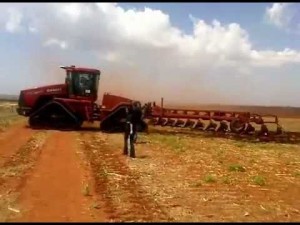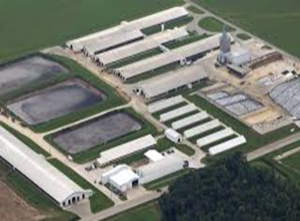By: Clyde Sammons and Andrew Reynolds
The Future of the Dairy Industry and the Future Dairy Cow
What will the average dairy cow look like in the future??
In the future the dairy cow will need to be more efficient, being smaller while maintaining or even increasing their milk production. With a growing U.S. human population and a decreasing U.S dairy cattle population cows need to be able to better utilize their feed while still meeting the demand of the people. Furthermore, there will be a large decrease in the number of acres available for crop land in the U.S. as land that was once tillable is now becoming residential. Farmers must also harvest their crops at the right time in order to capture all the nutrients so there will be a push in the future for larger, faster and more efficient equipment in order to ensure that the cows are receiving the most nutrients possible.
Past and Projected Numbers
| Year | US Dairy Herd Size | US Human Population | Number of Arable Acres | US milk production/cow |
| 1970 | 12 million | 205.1 million | 466.4 million | 9,700 pounds |
| 2000 | 9.2 million | 282.2 million | 433.4 million | 17,700 pounds |
| 2020 (projected) | 7.9 million | 332.2 million | 350 million(projected for 2050) | 25,000 pounds |
If we were to have the same cows as we did in 1970 on a production basis we would need roughly 6 million more in order to match our current demand for milk and milk products. 6 million more cows in the US would mean that there would be negative environmental consequences and even more land to feed them. Therefore genetic progress is absolutely necessary in order to continue to match the demands of the consumer.
Want to learn more? Check out the links below!
The Future of the Dairy Industry Brochure
Future Scenes of the Dairy Industry Related to Population Growth



